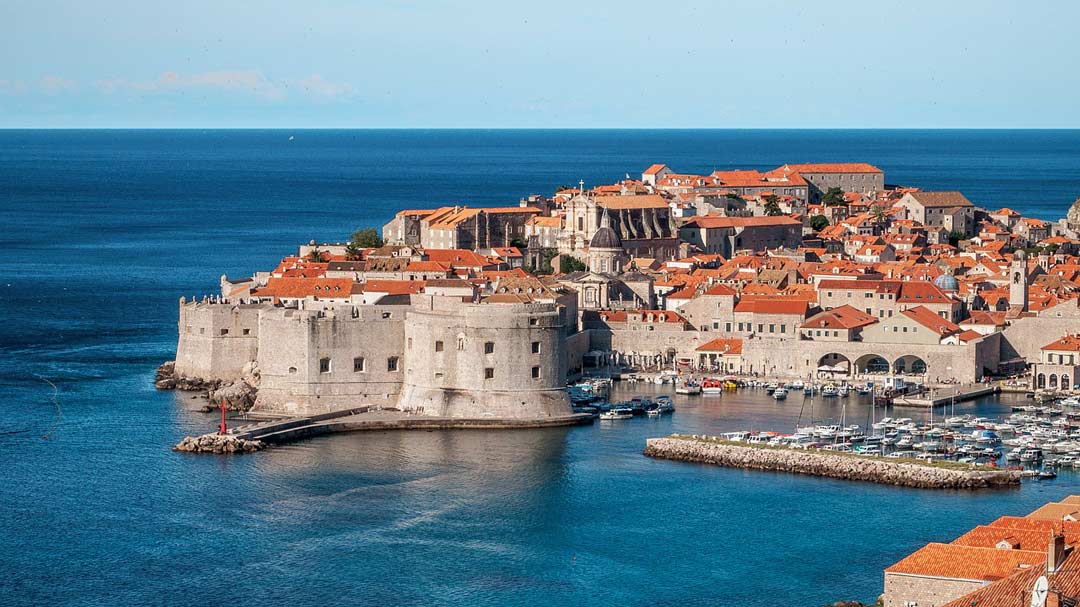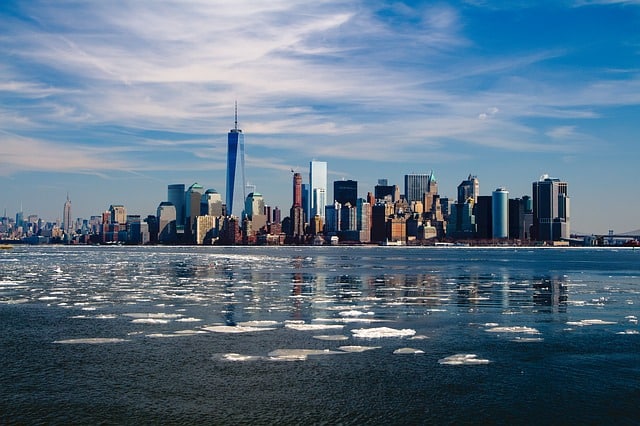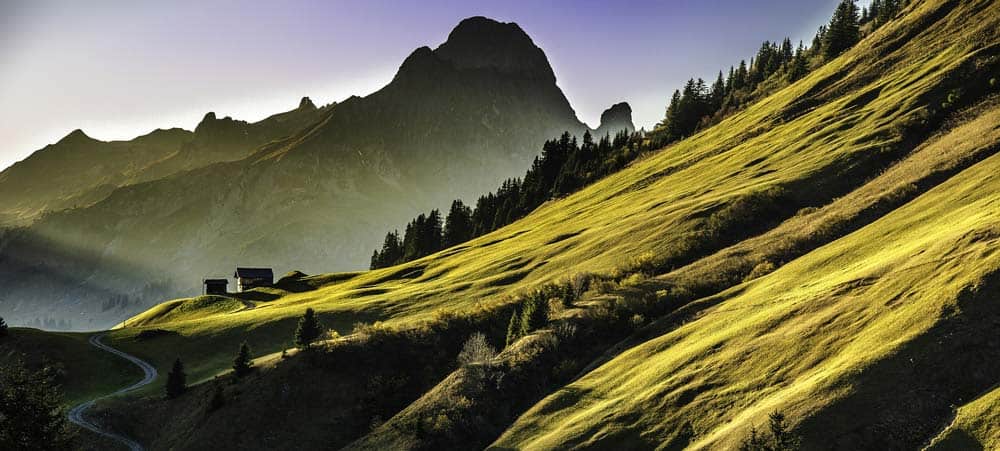With eight of the top ten highest summits in the world and some of the most beautiful landscapes which are only reachable on foot, trekking in Nepal is one of the unique experiences of Asia.
Example of Slider by Shortcodes
Despite what many may perceive, trekking in Nepal is not necessarily wandering alone through an uncharted wilderness. As they walk along the well-marked trekking paths, travellers will often discover quite the opposite; hundreds of locals passing through each day as they haul food, water and other odd necessities back to their tiny villages, along with dozens of fellow trekkers. The regularly-spaced villages and teahouses allow trekkers good opportunities to rest and recover, either for a few minutes or the night. The strong culture and unreserved friendliness of the Nepalese people can also be witnessed as one traverses the hill tracks.
Examples of Listing
- List Item 1
- List Item 2
- List Item 3
- List Item 4
- List Item 1
- List Item 2
- List Item 3
- List Item 4
- List Item 1
- List Item 2
- List Item 3
- List Item 4
- List Item 1
- List Item 2
- List Item 3
- List Item 4
- List Item 1
- List Item 2
- List Item 3
- List Item 4
- List Item 1
- List Item 2
- List Item 3
- List Item 4
- List Item 1
- List Item 2
- List Item 3
- List Item 4
- List Item 1
- List Item 2
- List Item 3
- List Item 4
- List Item 1
- List Item 2
- List Item 3
- List Item 4
An Example of Tab
The best seasons for trekking are the dry and warm seasons, March-June and September-November. During these times, the temperature is bearable and skies are usually clear, although the skies are foggier and the rain begins in May-June. It is possible to trek out of season, but expect rain and leeches during the summer monsoon season and severe cold and closed passes during the winter months.
An example of Accordian
During the monsoon season, the treks are virtually empty of travellers. Most rain usually comes at night; days are cloudy with less rain. The north side of the Himalayas is in rain shadow, meaning that the mountains somewhat block the rain. Annapurna Circuit is in rain shadow after Pisang. The skies are still cloudy and it rains occasionally. In mornings the skies may be clearer, but the views are still nowhere as good as during the trekking season. Landslides may block the trekking routes.
See also the Nepal climate section.
An Example of Grid
It is best to take only what you need and leave the rest behind. Your needs while trekking will be simple.
It is possible to buy or rent everything you need in the Thamel neighborhood of Kathmandu and in the Riverside neighborhood of Pokhara, although it is better to use footwear that is already broken in. Good bargains can be had on fleeces and down jackets but the knockoffs of brand name goods sold in Nepal are not good quality.
It is best to take only what you need and leave the rest behind. Your needs while trekking will be simple.
It is possible to buy or rent everything you need in the Thamel neighborhood of Kathmandu and in the Riverside neighborhood of Pokhara, although it is better to use footwear that is already broken in. Good bargains can be had on fleeces and down jackets but the knockoffs of brand name goods sold in Nepal are not good quality.
The main essentials to bring are sturdy and comfortable hiking boots, a sleeping bag (depending on your accommodation), a daypack, and a few changes of clothes for the varying temperatures. For cold weather, hiking pants, thermals, gloves, neck warmer/scarf, beanie, a warm inner jacket and a windproof / waterproof outer jacket are essential. It is very common for the local people to throw garbage in the nature. Please consider taking water purification supplies with you so that you don’t have to buy water in plastic bottles, as you don’t know what happens to the empty bottles. Other items to bring include a hiking stick or two, waterproof case, fabric bandages such as moleskin, a headlamp, altitude sickness and other medication, a camera, and binoculars.
An example of Call To Action Button
On the popular trekking routes, everyday supplies, such as toilet paper, soap, chocolate bars, and even basic hiking supplies can be purchased along the way, though prices rise dramatically as you go higher in elevation. Try to stock up lower down and buy locally-produced products such as fruit, coconut biscuits and bon bon biscuits.
Social Media Icons
Maps are easy to find in Nepal, although they may not be totally accurate.
For the more difficult treks involving mountaineering, crampons and ice axes may be required. A simpler type of crampons, which attach to the shoe using a rubber ring, are easily obtainable in the Thamel neighborhood. These are variously known as spikes, microspikes and chains.


